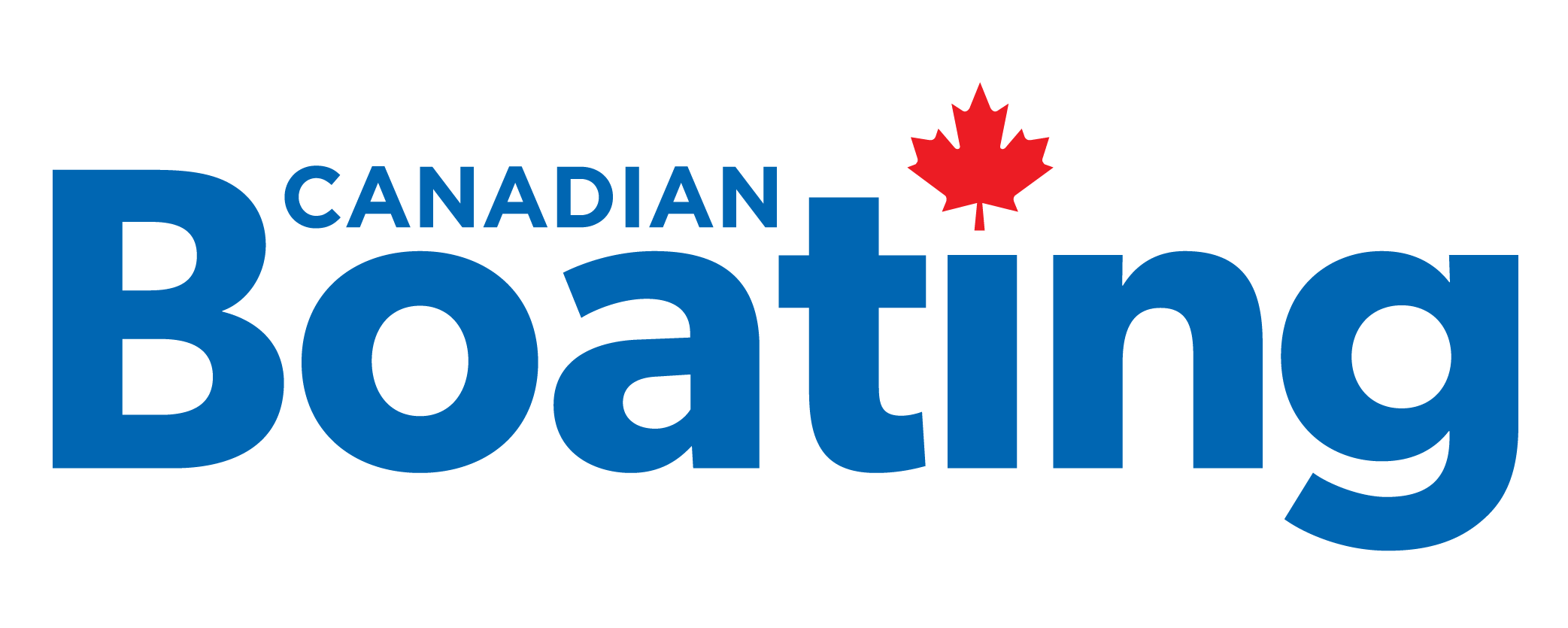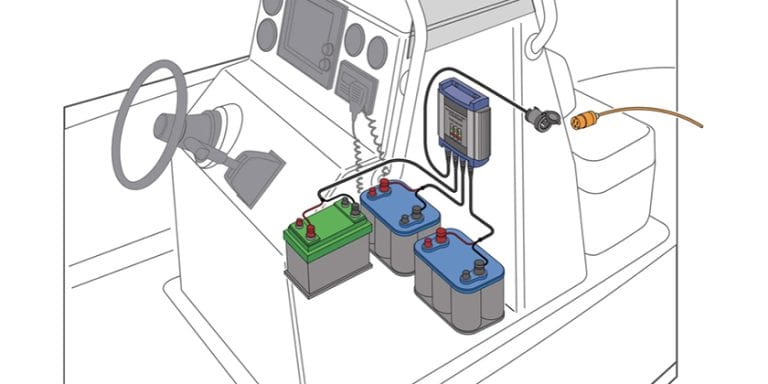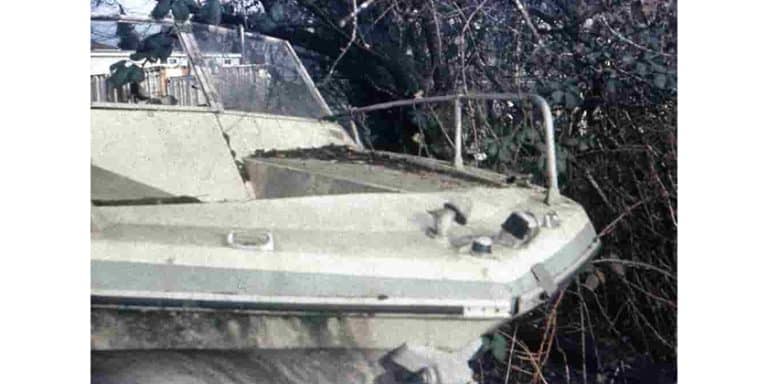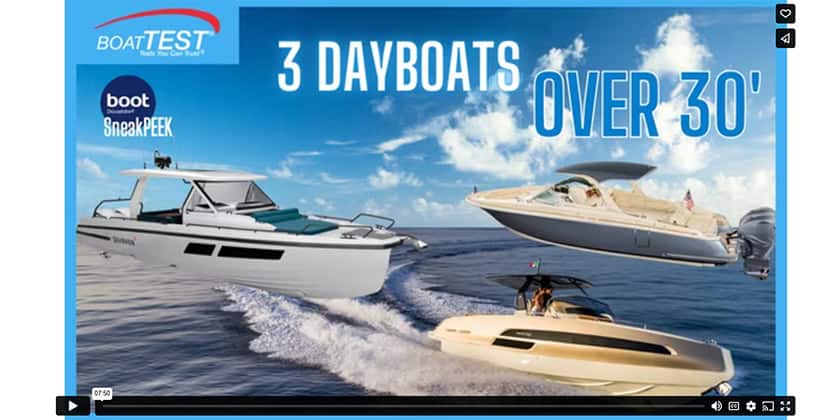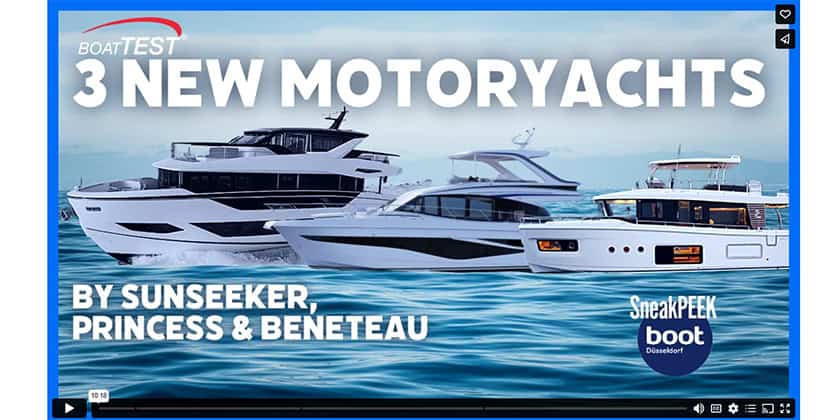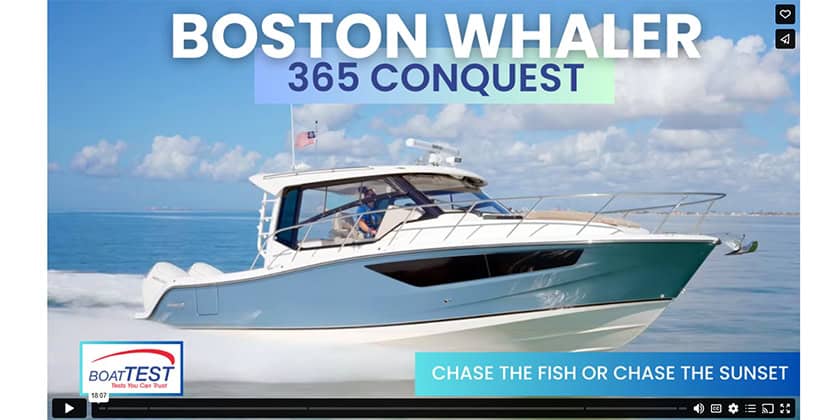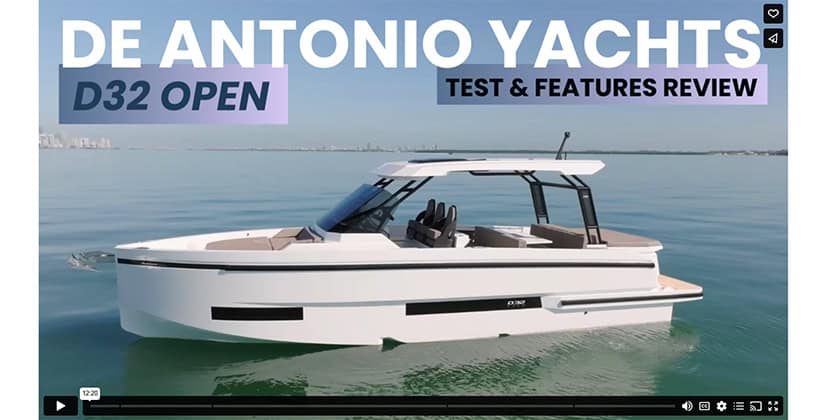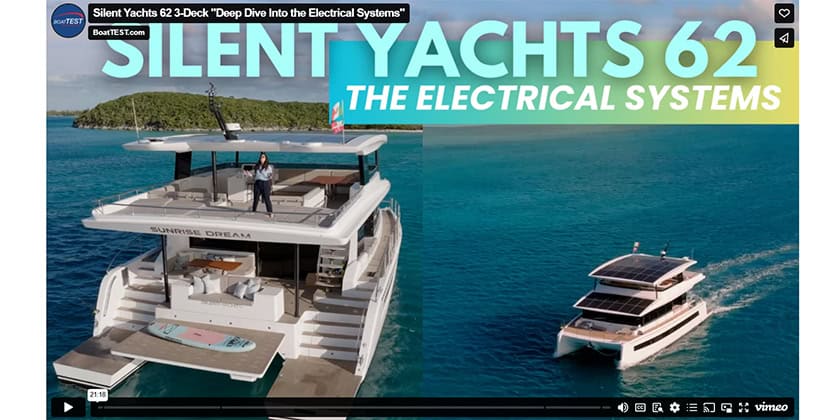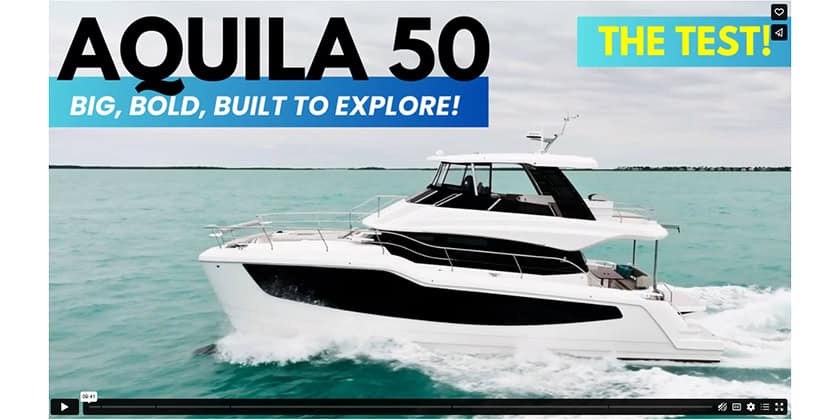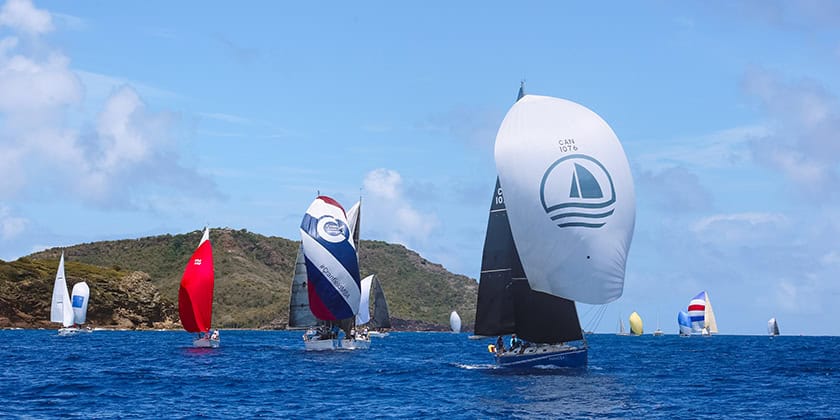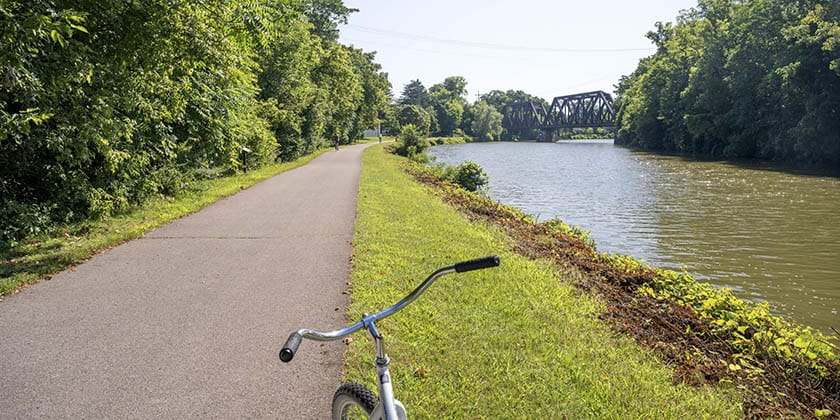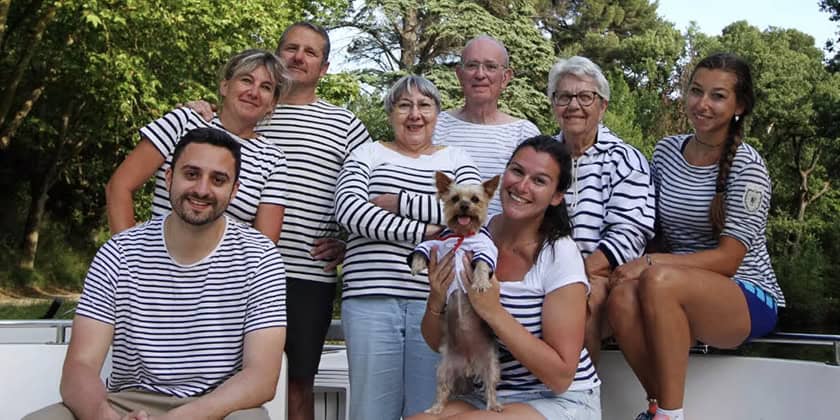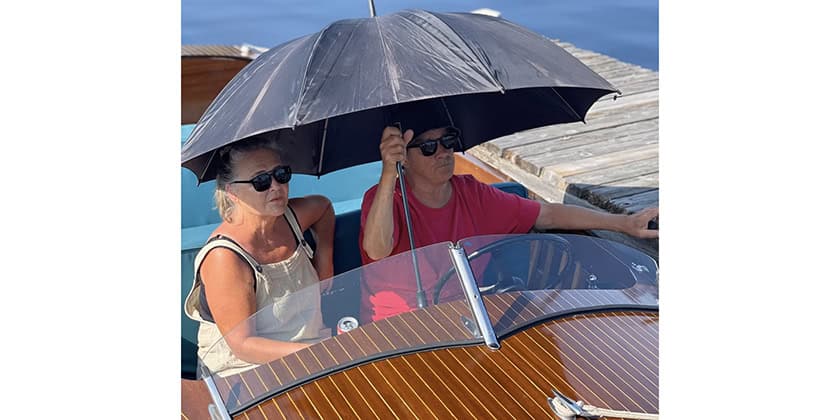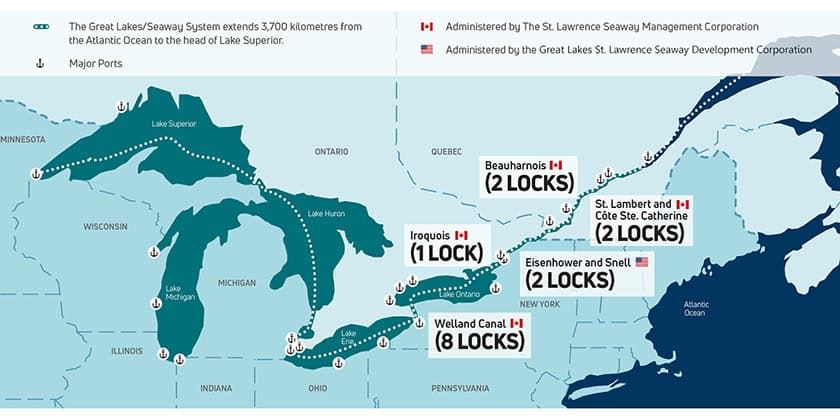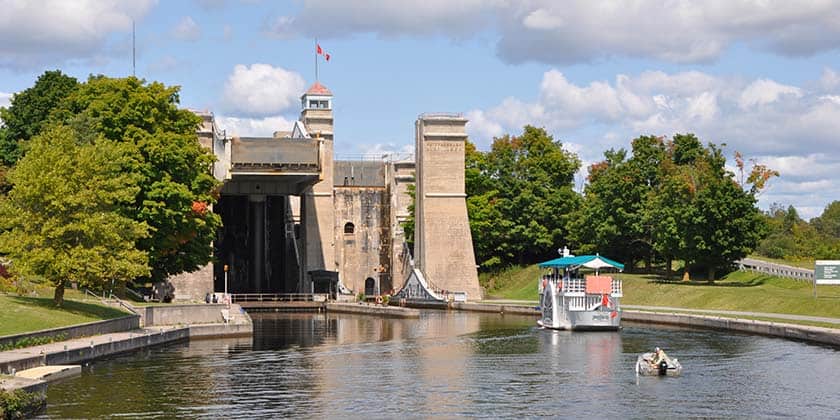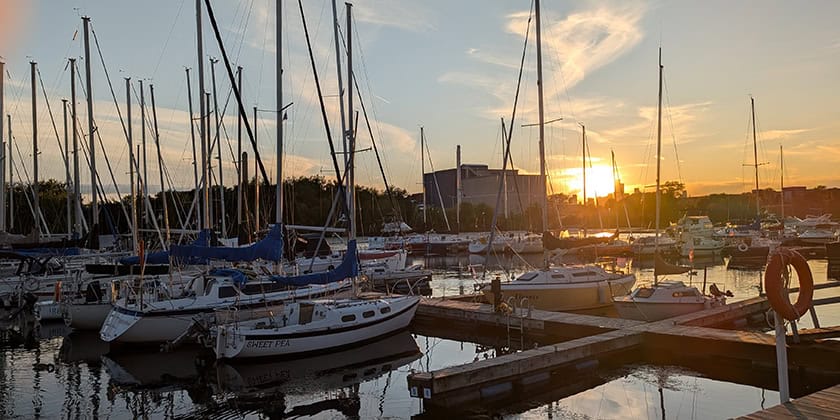Ask Andrew: Head Start: A Guided Tour of Your Marine Toilet

a replacement parts kit for the pump portion of the toilet. Note that the majority are rubber parts that wear out over time
Apr 24, 2025
Nothing spoils a weekend aboard faster than a broken toilet. Its uncomfortable, inconvenient, worrisome and can lead to unpleasant odours, which affect overall enjoyment.
Marine toilets are simple and well designed. They suit their purpose quite well and allow quite a bit of comfort on the water. The problem’s that accompany them are twofold –
- A lack of understanding of how they work and their limitations
- We’re spoiled by modern plumbing in our homes and we forget that life aboard isn’t the same

Let’s start by looking at how the system works:
Some electric and ‘vaccu-flush’ toilets are popular on larger sail and cruising boats – but the vast majority of toilets that I see are of the manual-pump design. The manual pump is used in two steps: Water is drawn into the bowl, by manually pumping via a seawater inlet. A switch is then flipped, allowing for the pump to reverse action and pump water out of the bowl out through a hose into a holding tank.
As the waste moves from the toilet to the outlet hose, it passes through a rubber one-way valve called a ‘joker valve’ – which prevents the waste from backing up into the toilet. Once the holding tank fills, it needs to be pumped into a marina tank (using vacuum-type marina equipment).
Modern household plumbing has spoiled us. Touch a button or flush and handle without a thought. We expect the same ease of comfort when we’re aboard – but there are a number of key differences between household and marine plumbing: Modern household toilets are backed by modern water pressure (somewhere between 40 and 55psi). Each flush is backed by 3.8L of water, which acts to force and flush through any waste. Waste flows out through a 3” drain pipe and a septic or city sewer line takes care of the rest.

This is contrasted with the modern marine toilet. In most marine toilet systems, the household water pressure that we’re used to is replaced by the pumping effort of the user. The water-volume used to mix and flush the waste is a fraction of what is used in a household system (a gallon per flush). Finally, the outlet hose is only about 1 ½” (and even more narrow as waste passes through the joker-valve; more than half the diameter of the household set-up).
Gravity and water pressure do much of the work in a household system, where moving parts, seals and gaskets do that work in a marine toilet. Because of this, the moving parts wear out in ways that household toilets don’t. The slower moving, more restrictive marine system is more prone to clogs and build-ups – and unfortunately plungers are rarely the solution often clogs must be cleared by poking, prodding, or disassembly.
A working head will contribute to everyone enjoying a fine experience on board.

Andrew McDonald is the owner of Lakeside Marine Services – a boat repair/maintenance firm based in Toronto. Andrew has worked in the marine industry for 12 years and is a graduate of the Georgian College ‘Mechanical Techniques – Marine Engine Mechanic’ program. Questions or comments for Andrew? Email him directly via: info@lakesidemarineservices.ca
